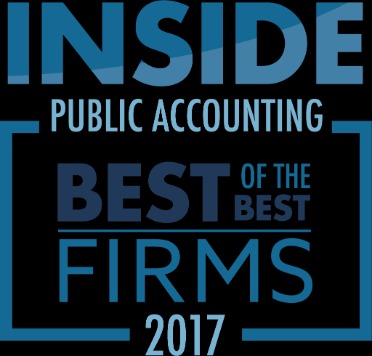
Corps of Engineers in the 1930s, CBA involves comparing all current and projected costs and benefits of a project, both monetary and intangible. To start, gen AI high performers are using gen AI in more business functions—an average of three functions, while others average two. They’re more than three times as likely as others to be using gen AI in activities ranging from processing of accounting documents and risk assessment to R&D testing and pricing and promotions.

Internal Rate of Return (IRR)

Opportunity costs are typically included as a discount rate or cost of capital (in other words, what would cash earn if it was invested elsewhere instead of the new factory). Cost Benefit Analysis (CBA) is commonly used across a variety of generic business situations. For instance, a business might use CBA to determine if the benefits of expanding to a new location outweigh the costs. It can also be used to decide whether to invest in new technology or stick with the existing one.
The Cost-Benefit Analysis Process
Results can also depend heavily on the quality of baseline data and formulas used and as you know, faulty inputs lead to faulty outputs. Whether it’s a board of directors, a team of executives, or another decision-making body, make sure your presentation of findings resonates the main goal of using a cost benefit analysis is to reach a with their priorities and concerns. And yes, that means you need to sift through the options and choose the one that brings the most value without weighing you down with excessive costs. For the analysis to work, each type of benefit will need a monetary value assigned to it.
Determine the Benefits
- The main goal of doing a cost-benefit analysis is to determine whether the benefits of a potential project or decision outweigh the costs.
- With Appinio, you can conduct your own market research in minutes, revolutionizing how you approach CBA.
- If total costs outnumber total benefits, then you may want to reconsider the proposal.
- It also keeps that information specific to a single problem, rather than over-complicating the decision that needs to be made by considering too many factors at once.
- After you’ve completed your lists and assigned a common currency, it’s time to tally up both lists and compare them.
- In the latest McKinsey Global Survey on AI, 65 percent of respondents report that their organizations are regularly using gen AI, nearly double the percentage from our previous survey just ten months ago.
- A cost-benefit analysis can help you determine where to efficiently spend your money for the best potential returns on your investment.
Calculating the social benefit of a bridge sounds like a puzzler, but not for Dupuit. Then with some fancy calculations, he was able to recommend a toll amount that took into account the costs and benefits of his bridge. In the end, cost-benefit analysis shouldn’t be the only business analytics tool or strategy you use in determining how to move your organization into the future. Cost-benefit analysis isn’t the only type of economic analysis you can do to assess your business’s economic state, but a single option at your disposal. While a desire to make a profit drives most companies, there are other, non-monetary reasons an organization might decide to pursue a project or decision. In these cases, it can be difficult to reconcile moral or “human” perspectives with the business case.
Identify Your Costs and Benefits

Sometimes, the benefits your business stands to gain from a project are a little bit more complicated. First, let’s take a look at the basic building blocks of a standard cost benefit analysis. By conducting a systematic approach to pre-plan what a project will cost and what it’ll bring in, you’ll be able to develop a point of reference for each additional project you’d like to analyze. Finally, you subtract your net cost from your net benefit to get a number or cost benefit ratio. As with any analysis, it is always a good idea to create a sensitivity analysis to see how different variables impact different outcomes.
- NPV is used in loads of financial models when a company wants to assess whether an investment is going to pay off over time.
- This process shines a light on those hidden elements, ensuring nothing is overlooked.
- The ratio compares the present value of all benefits generated from a project/asset to the present value of all costs.
- If you don’t give all the costs and benefits a value, then it will be difficult to compare them accurately.
- Evaluating opportunity cost can make the decision-making process more comprehensive and effective.
- CBA has been criticized in some disciplines as it relies on the Kaldor-Hicks criterion which does not take into account distributional issues.
Here are three practical examples demonstrating how cost-benefit analysis can be applied in three different scenarios. First, create a framework that lays out the goals of your analysis, your current situation, and the scope of what your analysis will include. We also allow you to split your payment across 2 separate credit card transactions or send a payment link email to another person on your behalf. If splitting your payment into 2 transactions, a minimum payment of $350 is required for the first transaction.
Steps of a Cost-Benefit Analysis
Some analysts oppose the use of CBA in policy-making, and those in favor of it support improvements in analysis and calculations. For example, say you are developing new software and your current development team is stretched to the limit. Ex ante CBA helps determine the go/no-go decision and allows a company to better allocate resources. The downside is that the expected benefits and expected costs are based on forecasts which may turn out to be inaccurate. An intangible cost is difficult to measure but may be something like a decrease in productivity when the new factory first begins production.
Identify and Define the Project or Decision




